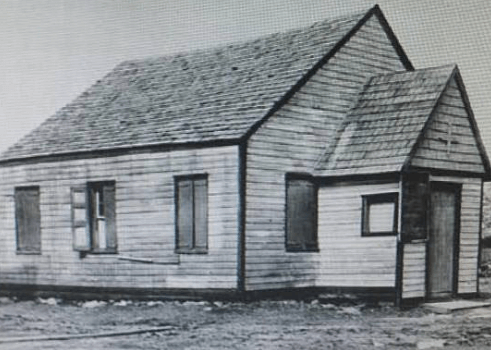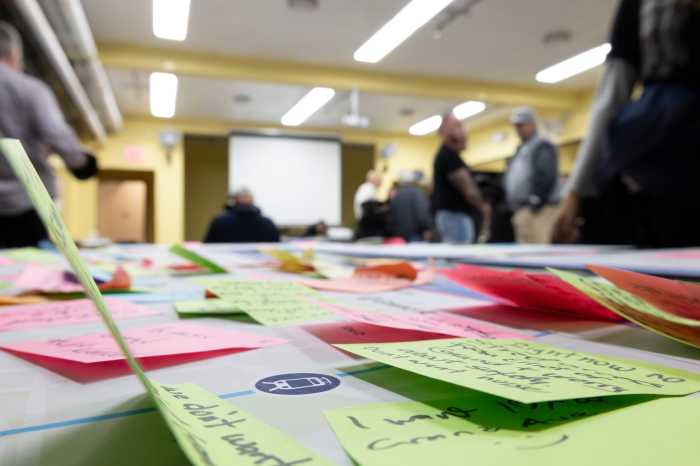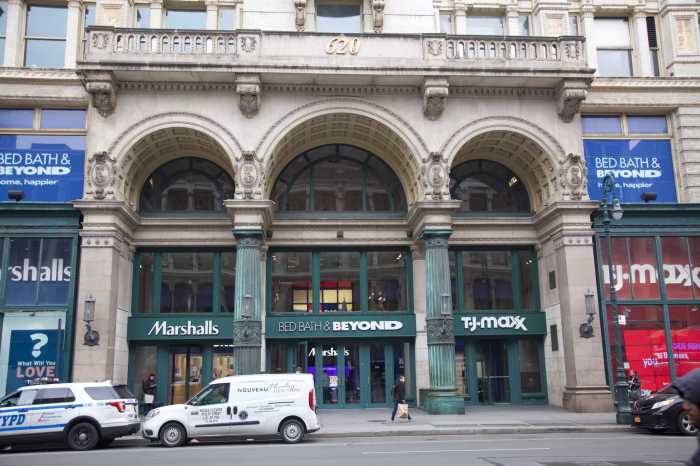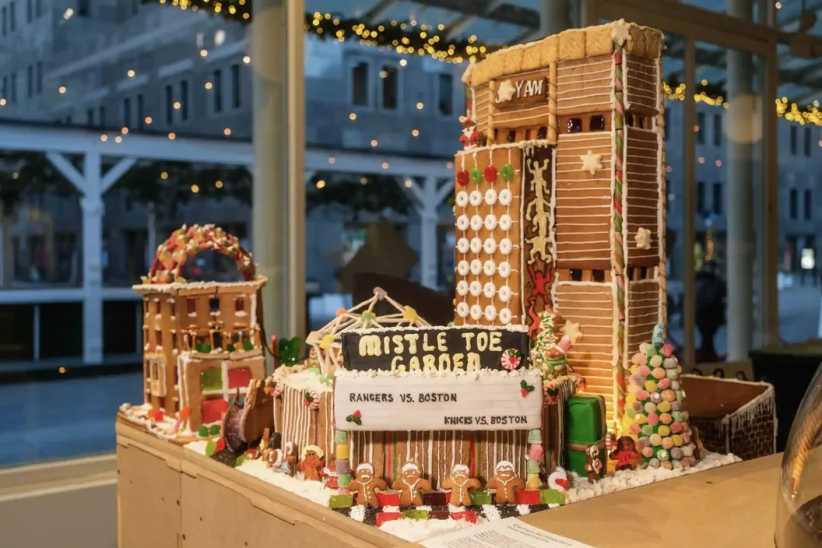The fight for survival continues for one of the city’s oldest African burial grounds now that a Request for Evaluation was submitted to the Landmarks Preservation Commission.
The Elmhurst Histories and Cemeteries Preservations Society submitted the request on Oct. 1 as a step towards keeping the piece of local and national history from being buried underneath a 55-foot-tall residential building. On Sept. 13, the developing company Song Liu filed permits to develop the five story structure at 47-11 90th Street, according to reports from the Department of Building. If construction where to take place a vital part of American history could be wiped off the map again.
“The right thing to do is to keep it a burial ground and make it a memorial,” said Marialena Giampino, president of the Elmhurst Histories and Cemeteries Preservations Society who said that since the burial ground’s rediscovery in 2011, when a developer unearthed the remains of Martha Peterson, there has been a battle with developers over land use.
Currently, Song Liu sits at the corner of Corona Avenue and 90th Street on the odd shaped piece of land where the burial ground is located right next to the its only entrance, a driveway. Besides Song Liu, houses line the three sides to the almost triangular spot.
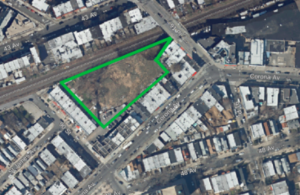
The proposed structure would yield 88,500 square feet with 74,160 of those square feet dedicated to residential use and 5,000 for a ground-floor museum. A total of 80 apartments would be created with each being about 920 square feet, and be rentals or condominiums. The building will include parking for 30 vehicles and a recreational space on the rooftop.
In 1828, on the site of the proposed building, St. Mark’s American Methodist Episcopal Church was founded one year after enslaved people were emancipated in New York City—35 years before the Emancipation Proclamation. Newly Freed African Americans quickly established the congregation which eventually evolved and two relocate three times. The church still remains active today as the St. Mark’s A.M.E Church in North Corona, which is still responsible for the 310 bodies still believed to be resting in the lot hugged by high ways.
Construction can only take place when there has been an agreement struck between Song Liu and St. Mark’s AME Church of Corona, according to Giampino. In order for Song Liu to be able to touch the earth, the remains must be properly removed and reburied. St. Mark’s AME Church did not respond to QNS request for comment about the matter.
“It’s a very sad story,” said James McMenamin, vice president of the Elmhurst Histories and Cemeteries Preservation Society. In 1928, after St. Marks AME had to move to new location, the City of New York refused to grant the church permission to remove the remains to their new location. The burial ground was then mostly forgotten and even written off of city maps, according to Giampino.
“The Pepsi Cola sign gets landmarked and 1.9 million to save and restore the house next door to Louis Armstrong,” said McMenamin. “In the meantime we have been trying to save this structure in elmhurst and we have gotten zip.” It remains unclear when the DOB and the Landmark Commission will come to a decision.
The community has jumped on the band wagon to save the burial ground. Residents, the Corona/Elmhurst Historic Preservation Society, Community Board 4 and the Queens Preservation Council have all sent emails and letters to the Landmark Commission in support of declaring the site a landmark.
“The next step is getting more local officials involved,” said Giampino.

